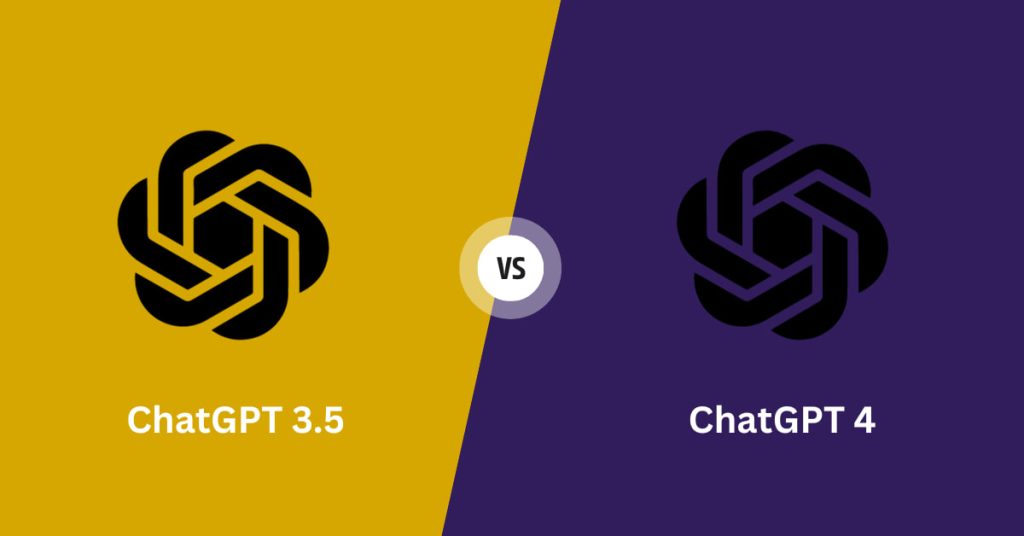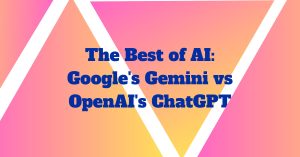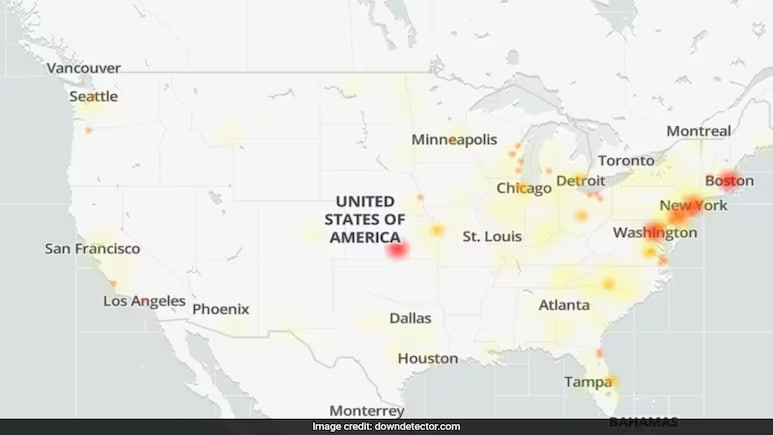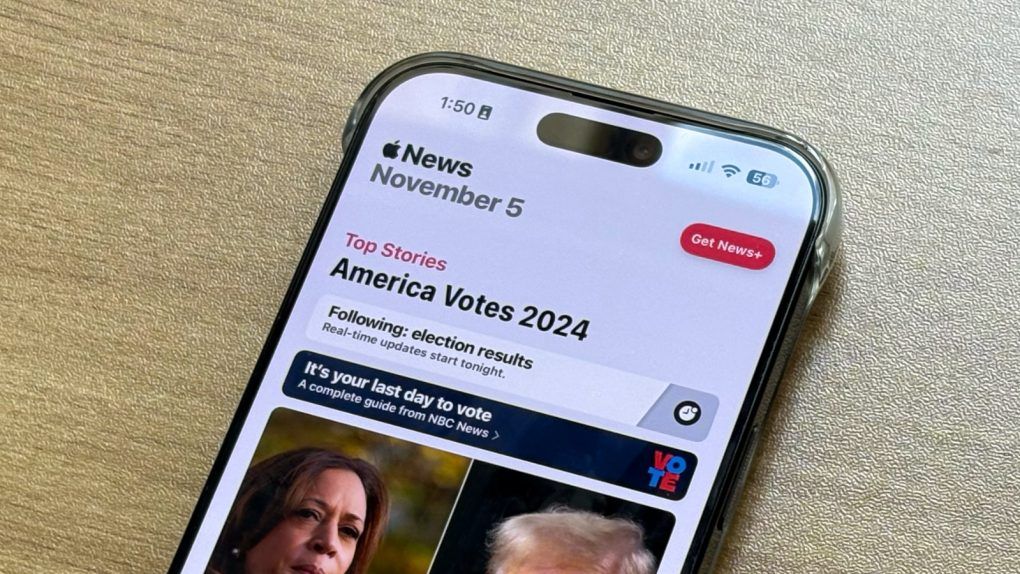The Evolution from ChatGPT 3.5 to ChatGPT 4: Understanding the Upgrades
The realm of conversational AI has witnessed remarkable advancements, and OpenAI has been at the forefront, constantly pushing boundaries with each iteration of its language models. ChatGPT 3.5 and ChatGPT 4 stand as significant milestones in this evolutionary journey, showcasing improvements and enhancements in various aspects. Let’s delve deeper into the differences between these two iterations to comprehend their advancements.
1. Scale and Size
One of the most noticeable distinctions between ChatGPT 3.5 and ChatGPT 4 lies in their scale and size. ChatGPT 4 is typically larger in terms of parameters and scale, allowing it to grasp and comprehend more nuanced contexts and offer more accurate and diverse responses. This expansion in scale equates to a broader knowledge base and improved contextual understanding, enhancing the overall conversational quality.
2. Performance and Accuracy
ChatGPT 4 is designed to exhibit superior performance in various language tasks compared to its predecessor. Its increased size and training data result in enhanced accuracy, allowing it to generate more coherent, contextually relevant, and human-like responses. This improvement is particularly notable in handling complex queries, understanding nuanced language nuances, and providing more informative and contextually accurate replies.
3. Contextual Understanding
With the advancements in architecture and training, ChatGPT 4 demonstrates a superior grasp of context. It excels in understanding the nuances of conversation, maintaining coherence across more extended dialogues, and leveraging context effectively to generate more relevant and sensible responses. This enhanced contextual understanding contributes significantly to creating more engaging and natural conversations.
4. Fine-Tuning Capabilities
ChatGPT 4 potentially offers more robust fine-tuning capabilities, allowing developers and users to customize and adapt the model for specific applications or domains. This flexibility enables better tailoring of the AI model to cater to unique use cases, improving its performance in specialized areas and ensuring more accurate and relevant responses.
5. Ethical and Bias Mitigation
OpenAI consistently aims to address ethical concerns and mitigate biases in its AI models. While ChatGPT 3.5 implemented certain measures to minimize biases, ChatGPT 4 might introduce more sophisticated techniques and mechanisms to further reduce biases and promote ethical usage, fostering responsible AI interaction.
ChatGPT 4 stands as a testament to the continuous advancements in AI-driven natural language processing. With its larger scale, improved performance, enhanced contextual understanding, and potential for fine-tuning, it represents a significant leap forward from ChatGPT 3.5. As AI technology evolves, these improvements pave the way for more natural, coherent, and contextually accurate conversational experiences, bringing us closer to human-like interactions with machines.
This evolution not only amplifies the capabilities of AI in various domains but also raises pertinent ethical considerations, emphasizing the importance of responsible AI development and deployment.
The journey from ChatGPT 3.5 to ChatGPT 4 signifies a continual stride towards more sophisticated and capable AI models, promising more engaging and contextually rich interactions in the realm of conversational AI.
Feel free to expand on any of these aspects or explore any other specific comparisons between the two versions!






